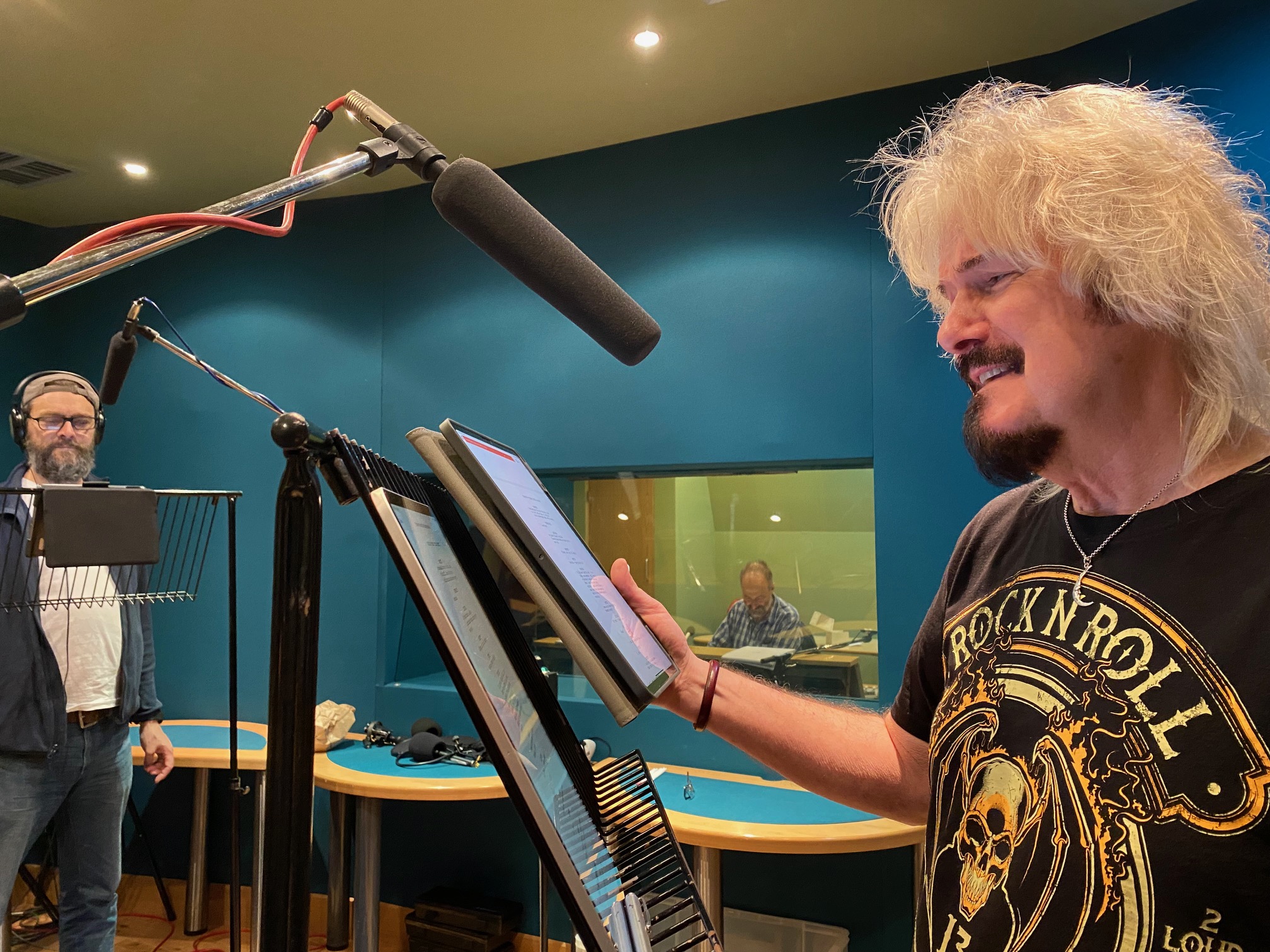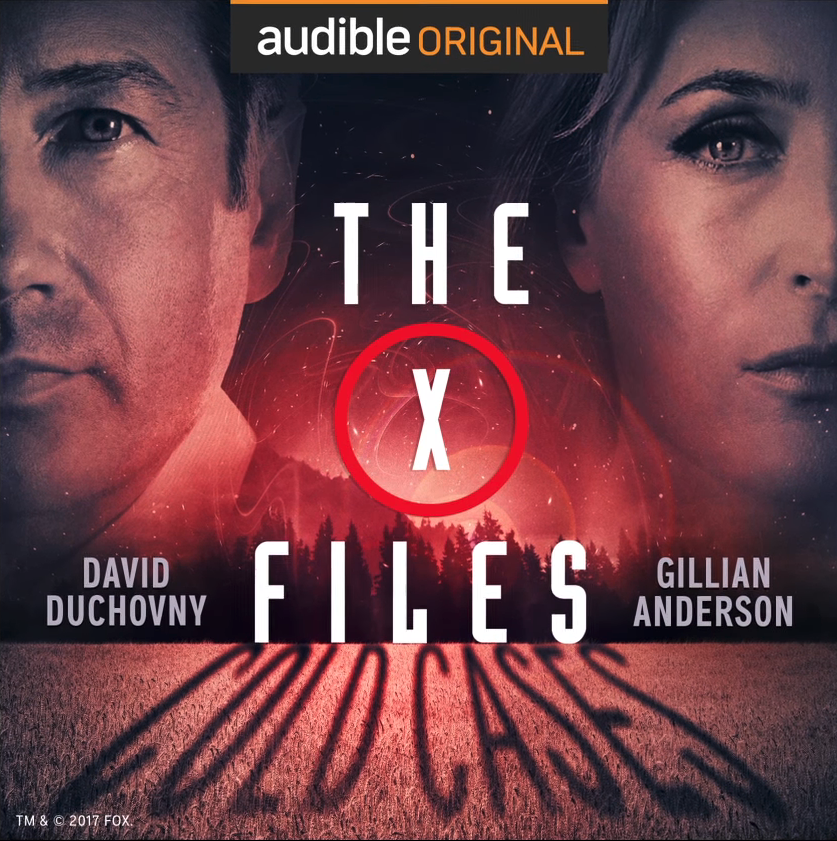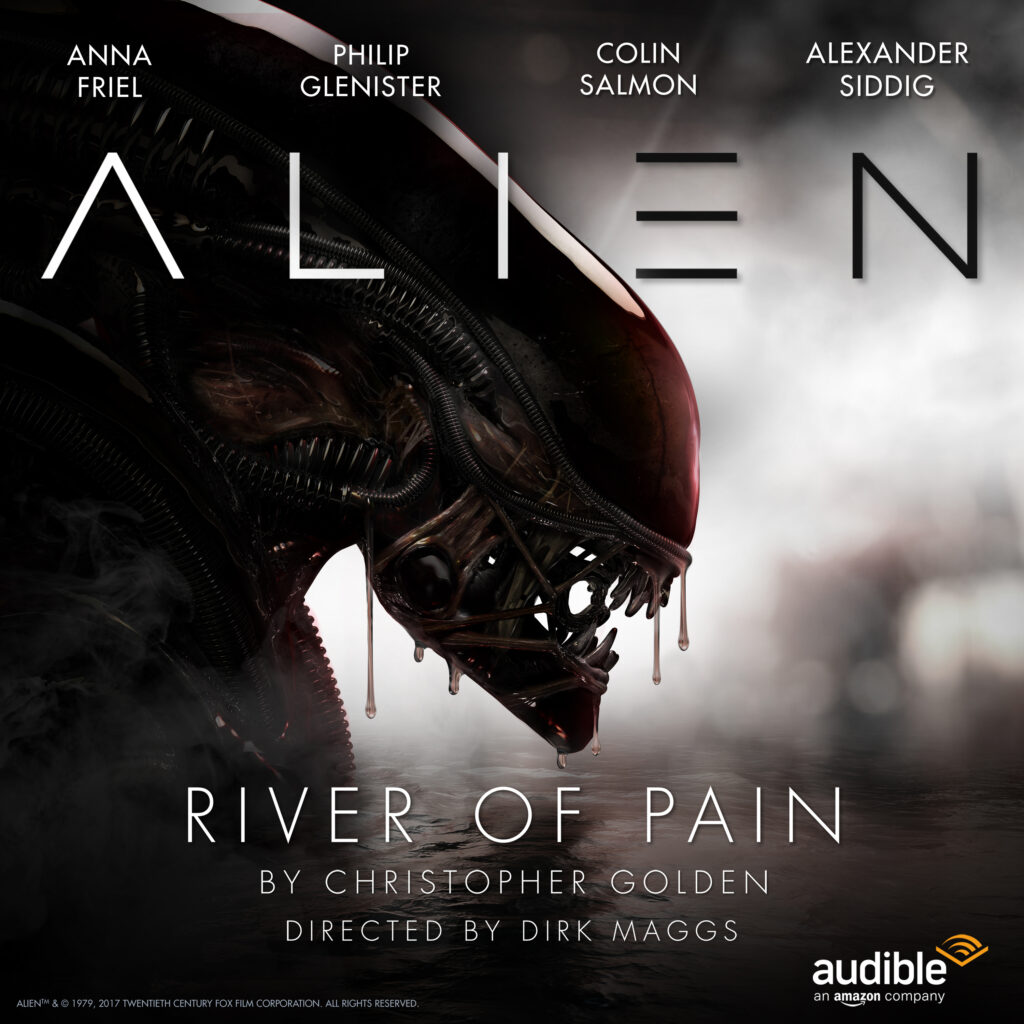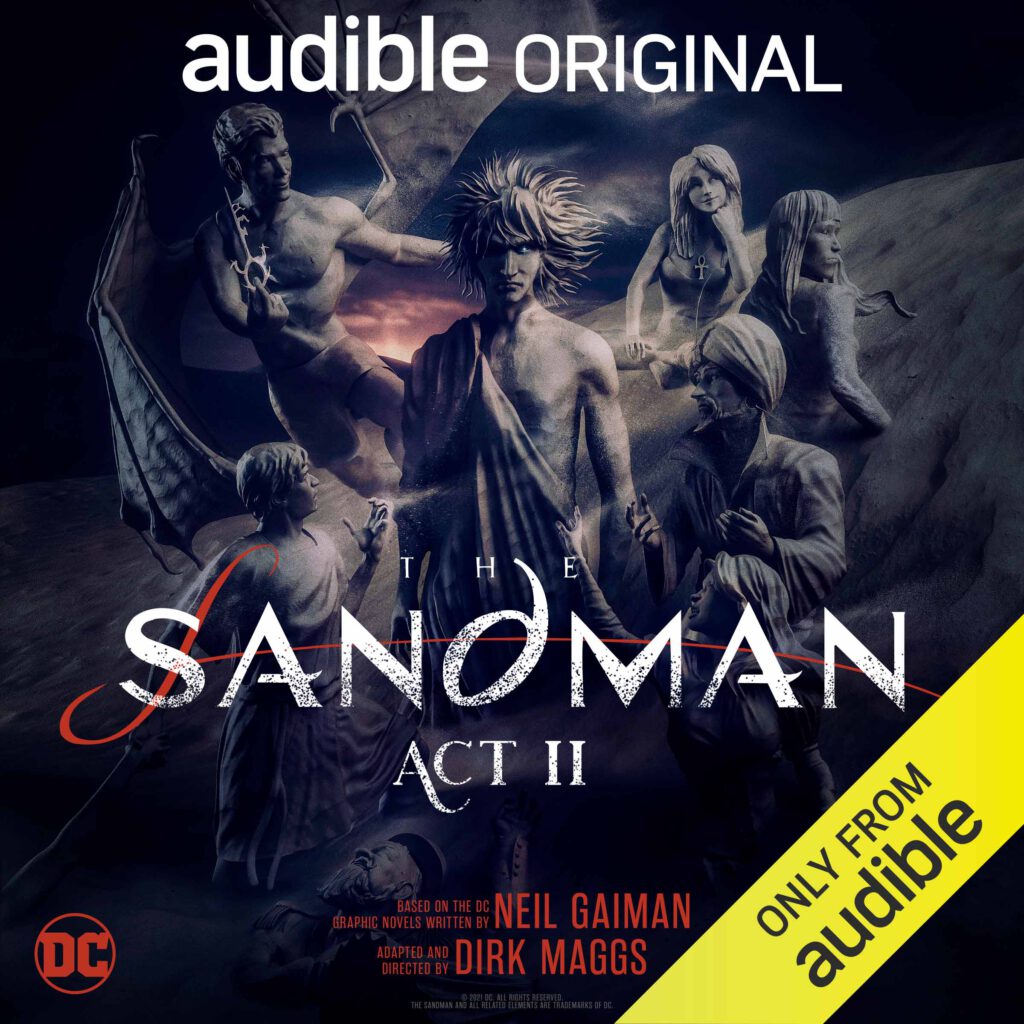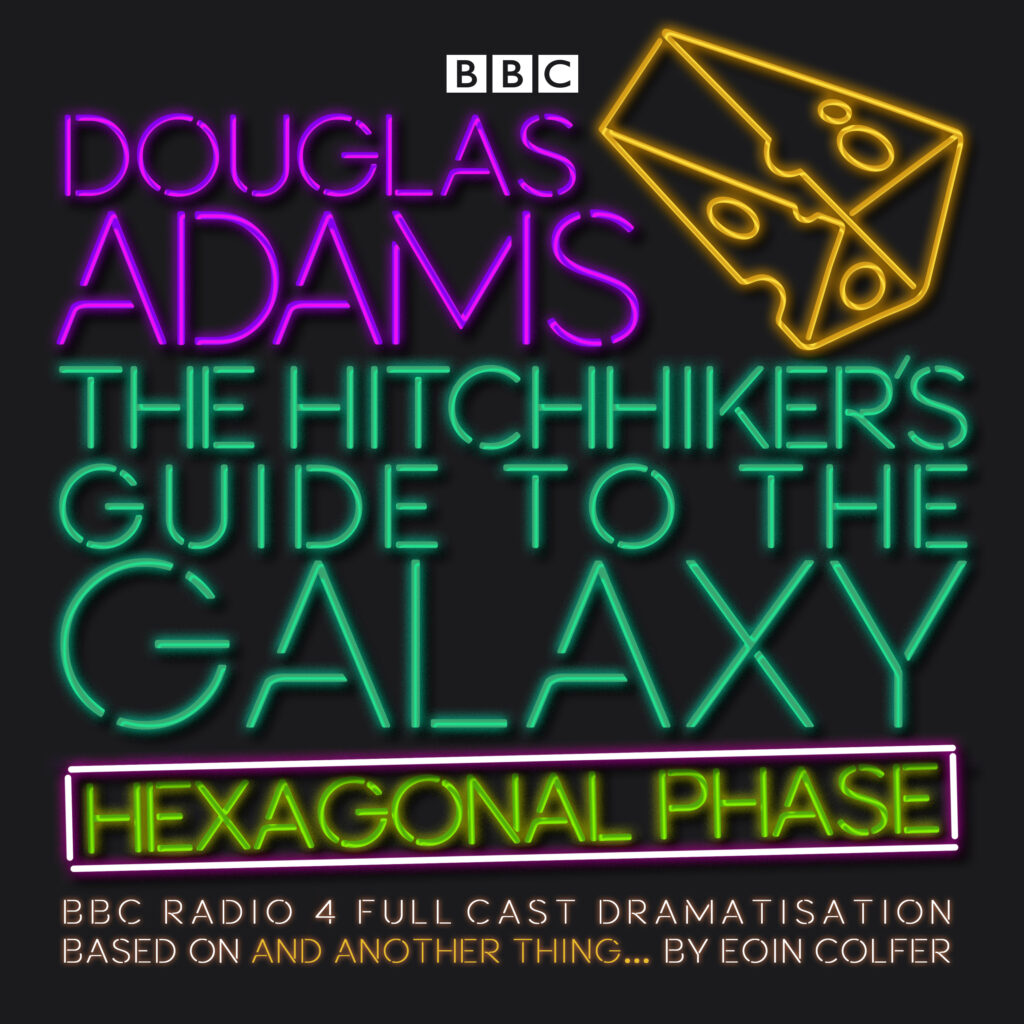Former BBC Radio Senior Producer Dirk Maggs has been at the forefront of immersive audio storytelling, since before anyone had used the phrase. Back in the 1990s, he coined the term ‘Audio Movies’ to describe his work.
Maggs is also a pioneer in the use of Dolby Surround in broadcast radio. And now he’s using his extensive audio-producing palette to create highly engaging immersive experiences through podcasts and audiobooks.
Alien, Sandman, X-Files, Hitchhiker’s Guide to the Galaxy, and the resurgence of scripted audio
With a wide-ranging list of writer, director, and producer credits and awards under his belt, such as “The Hitchhiker’s Guide to the Galaxy,” “Superman,” “Spider-Man,” “Batman,” the “Alien” franchise, “X-Files: Cold Cases,” and most recently the “Sandman” comic book series, Maggs has been part of the re-emergence of audio storytelling, and its subsequent explosion.
“Suddenly, the world has rediscovered the magic of scripted audio, as opposed to single voice audiobook readings,” said Maggs. “Something with a cast of more than one actor, with layered sound effects and hopefully music. People are becoming aware of what a great storytelling medium this is.”
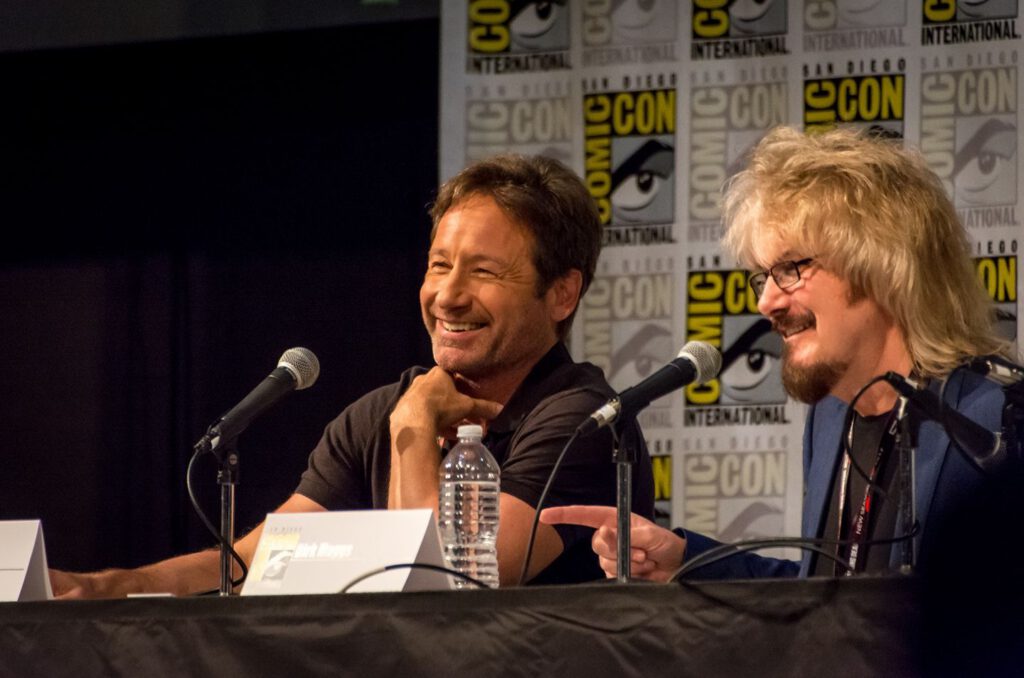
Some of the latest immersive audio content comes to audiences as a result of decades of development within the hallowed halls of terrestrial radio, by innovators such as Dirk Maggs. What they needed was a catalyst to bring it further into the mainstream, and in this case, credit the internet. Apple and Dolby have also played a role, by focusing attention on the launch of new technologies that favor the playback of immersive audio content.
Maggs on his early years, and DC Comics
Looking back, Maggs remembered his extended time working on DC Comics audio stories for BBC Radio.
“I’ve been developing this style of telling stories for years. I began with DC Comics stories in the late eighties, making a Superman docudrama for BBC Radio, trying to make it sound more like a movie than a radio program. It worked so well that we made Batman and Spider-Man and more in the 1990s,” said Maggs. “But that was where it began.”
He explained some of the initial methods he used to create immersive experiences within a radio format. And discussed how well-known American film actors played a prominent role.
“I wanted to add big cinematic sound effects and sweeping music and so on. But we were on a budget, so it was very much a case of searching for sound effects that sounded vaguely filmic from the BBC Sound Effects library,” said Maggs. “For a score, we used commercial library music, which was often big orchestral stuff. And we could access Hollywood-standard talent because there’s a big expatriate American acting community in London, who you’d often see in the Star Wars and Indiana Jones movies. All these elements helped create my cinematic-sounding style.”
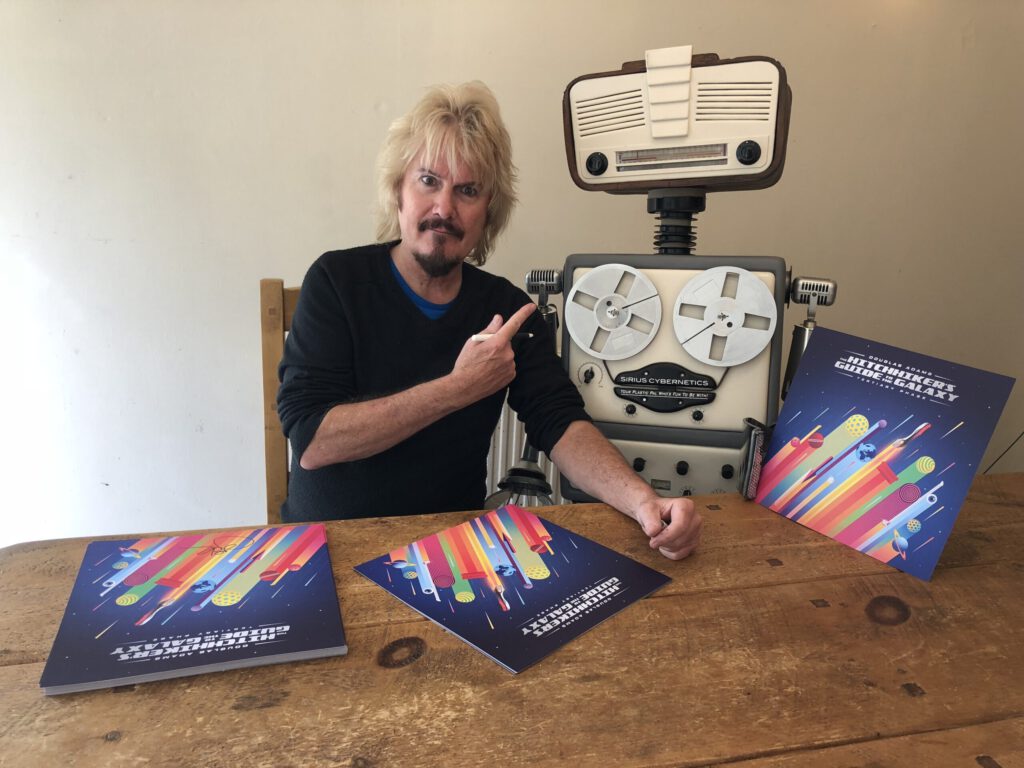
Filmmaking philosophy informs his audio storytelling
Maggs said that his immersive audio storytelling style has grown closer and closer to how movies are created.
“I’m coming at it from years of problem-solving on tiny budgets. The idea evolved from ‘Let’s make sound like a movie’ to ‘Let’s use movie storytelling techniques from script to final mix,’” said Maggs. “Something that uses the grammar of film, but in pure audio terms, with a tightly written script which is economical, dynamic and propulsive, with compelling characters.
“That was always the mission statement, and remains front and center for me.”
All systems go
Maggs introduced Dolby Pro-Logic Surround, and, later on, Dolby Digital to BBC Radio. But more recently, with broadcasters and streaming sites releasing mainly stereo products while debating on a common release format for spatial audio such as Dolby Atmos, he has marked time by using audio plug-ins to create immersive audio experiences within the stories.
“For example, I’ve used Wave Arts Panorama on occasion. I used it on a couple of the Audible Alien series. In Alien Out Of The Shadows, there was a scene where a character was hiding on the Ship’s Bridge and an Alien was walking around both in front and behind the listener, hunting him, which was kind of fun to do,” said Maggs. “So yeah, I’m playing with artificial binaural and widening elements, like the music score on Sandman, until the big companies agree on a delivery format for spatial audio.

Myriad of ways to listen to immersive audio stories
While mixing the podcasts and audiobooks, he’s also cognizant of the various playback devices. Consumers use a variety of different devices to access audio stories. While mixing he’s acutely aware of listeners that may have limited playback technology available to them.
“It goes back to my BBC days of wanting to make sure everything was mono-compatible for people who were listening on really basic equipment,” said Maggs. “Information that’s important to the story must never get lost. And looking ahead, any systems which offer spatial audio through two earbuds will employ some form of artificial binaural coding, which hopefully means no one gets left out.
His overarching perspective on mixing audio stories involves striving for a balance between dialogue, sound design, and sound effects.
“Story is king. The dialogue’s got to be clear. But at the same time, I keep everything else as close to it as possible without swamping it,” said Maggs. “That’s why I mixed the first series of Sandman nine times before I was happy. When you have explosions and impacts, such as in Morpheus’s battle with Doctor John Dee, it’s important to remember that the noises only help tell a story if you can fit the dialogue in around them.”
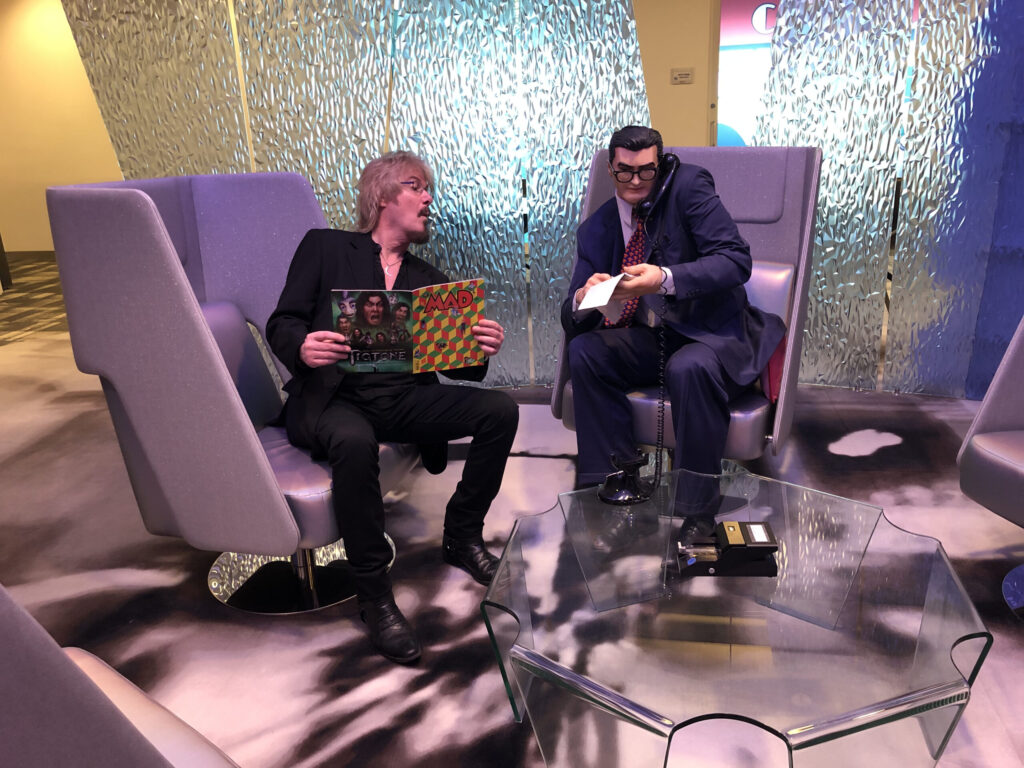
On the cusp of a trend with spatial audio
When asked about the future of spatial audio as it relates to immersive audio content, Maggs sees quite a bit of momentum. And he feels it will benefit consumers.
“Spatial audio isn’t in our future. It’s happening now,” said Maggs. “Apple has released an immersive audio aspect to their audio software that opens up a lot of possibilities. I’m keen to get back into spatial audio and show how insanely great our medium is for storytelling.”



